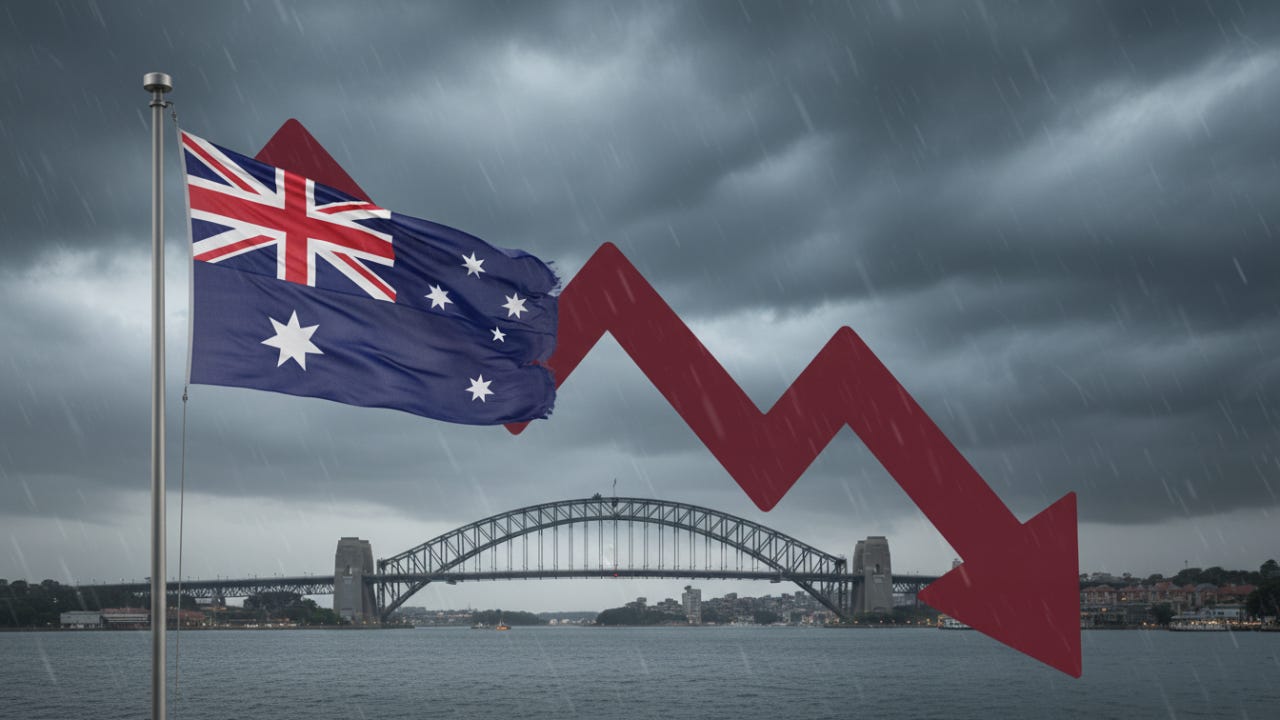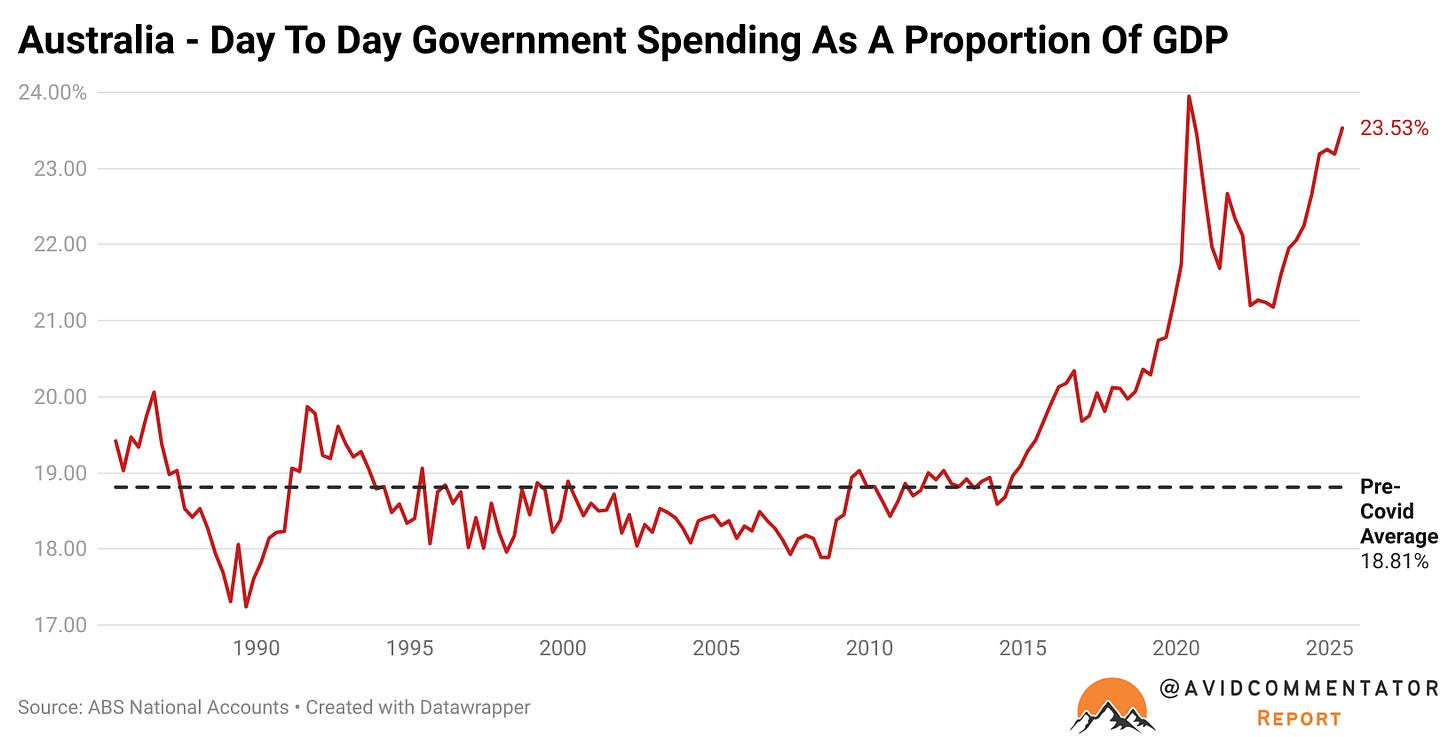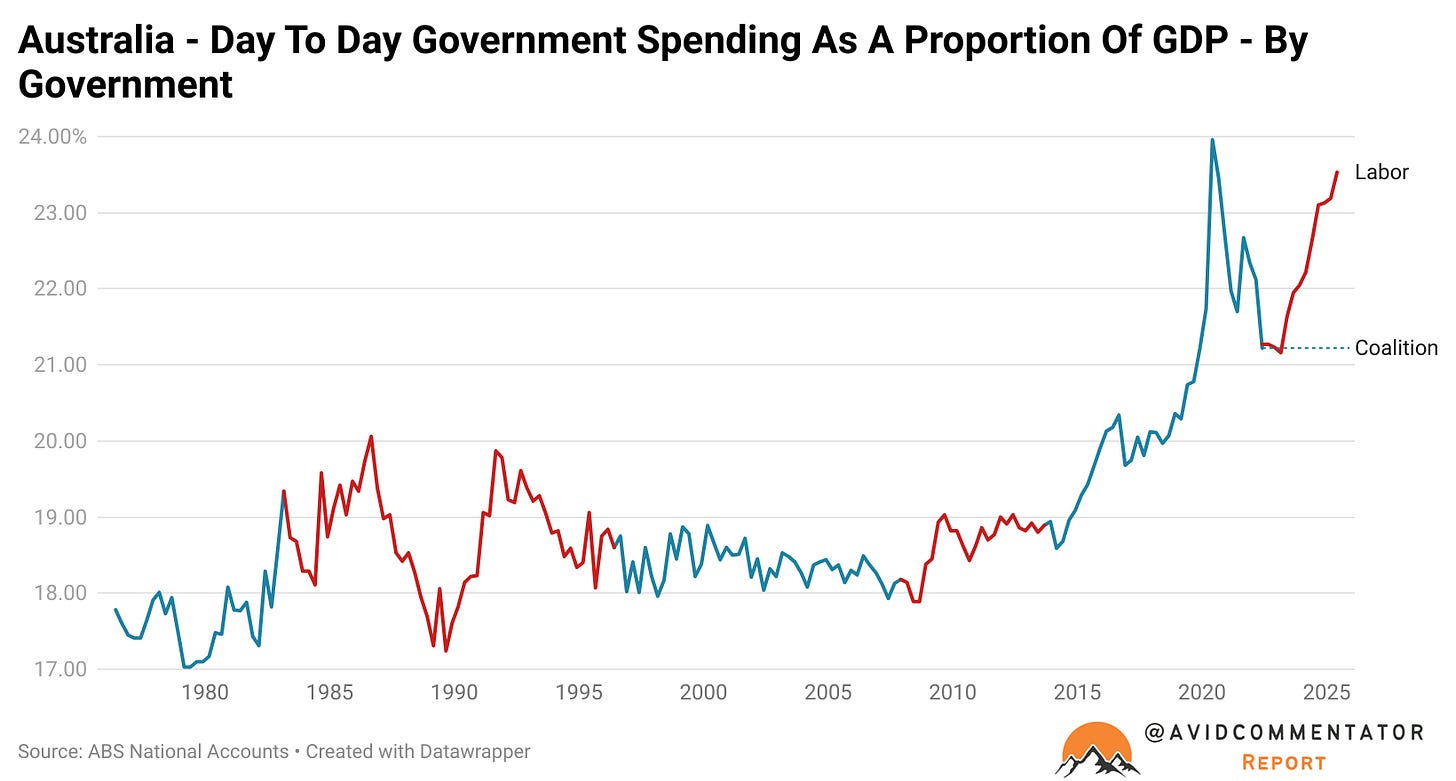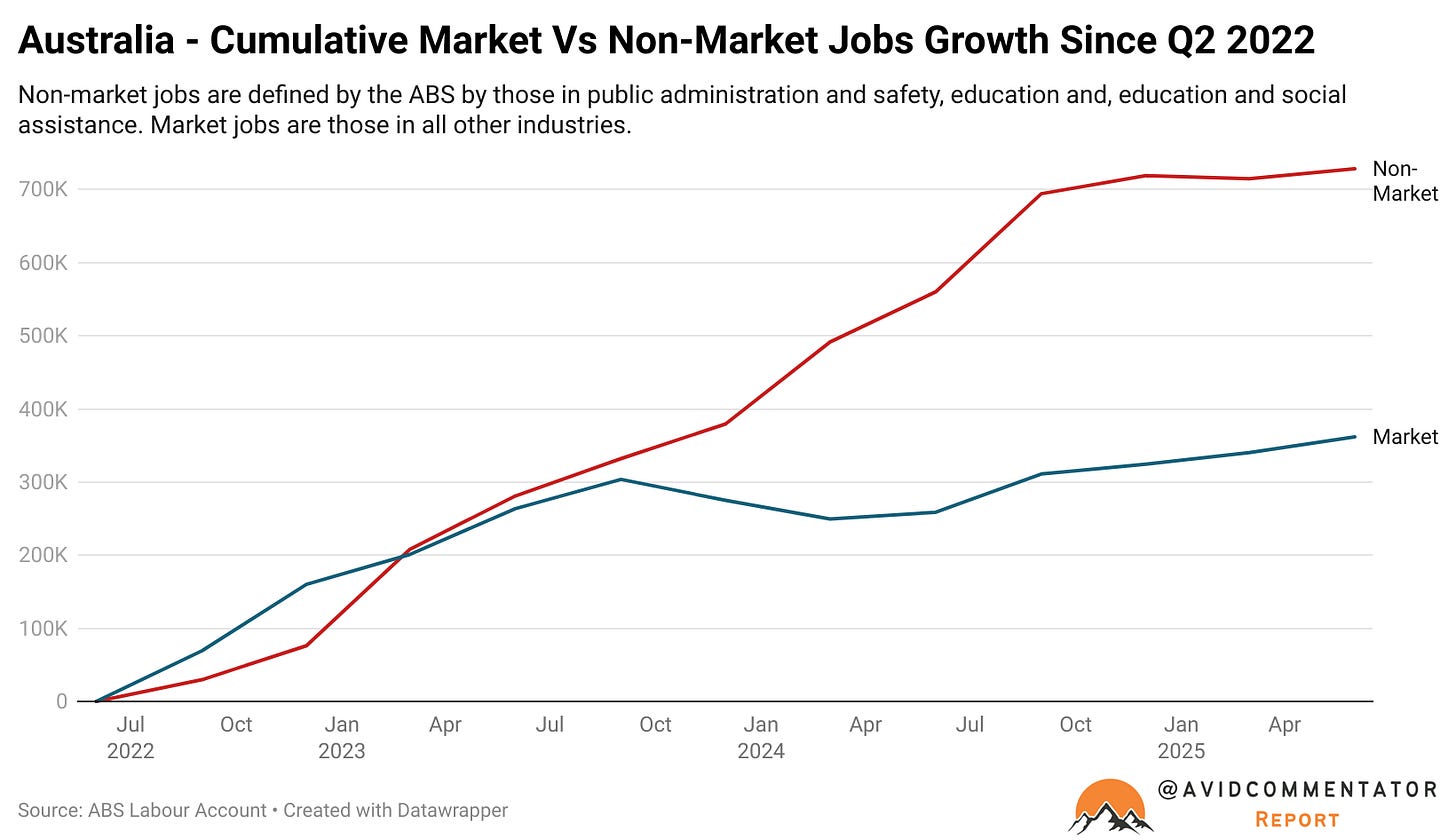Albanese Has Gambled Big
But a loss would belong to all of us
Since coming to power in May 2022, the Albanese government has pursued quite a different strategy to most of its predecessors, in particular to the government of Bob Hawke and Paul Keating.
Instead of allowing the RBA the space and the scope to execute it’s fight against inflation, the Albanese government instead maintained high levels of spending growth and taxpayer funded employment growth.
This approach has not been a secret, it has been a source of pride for elements of the Albanese government.
Back in January then NDIS Minister Bill Shorten made the case to the Sydney Morning Herald that the NDIS was something of a saviour for the economy.
Here is a quote from the article:
“More than 500k Australian workers will make an income from the booming $49bn NDIS that its co-architect Bill Shorten has credited with boosting jobs growth and helping keep the economy afloat during an interest rates crisis.”
One would imagine that the hope was headline GDP would remain positive, inflation would moderate in time and the gains made in the labour market would be largely retained.
In short, the Albanese government hoped (inadvertently or otherwise) that what I like to call ‘Burnout Economics’ would work, that things would somehow turn out for the best as the RBA slammed its foot on the brakes of the economy attempting to cool inflation, even as government kept its foot hard on the accelerator.
It was a course of action that was fraught with risks.
Burning Support Scope
If at any point the economy experienced a downturn, the highly elevated level of involvement of government in the economy left little room for additional stimulus, without propelling the size of government to even greater heights.
As of the latest data from the ABS, day to day government spending as a proportion of GDP is currently at it’s second highest level on record, eclipsed only by the height of the pandemic panic in June 2020.
For those wondering what it looks like broken down by whether it was Labor or the Coalition in power, here is the same chart going back 50 years.
Meanwhile, since the Albanese government came to power, the overwhelming majority of employment growth has been from so called non-market jobs.
Non-market jobs encompass employment in public administration and safety, education and, healthcare and social assistance.
Since the end of the June quarter of 2022, the economy has created 1.09 million jobs, of that a little over 2/3 have been in non-market roles.
If the point of comparison is shifted to Q3 2023 onwards, the overwhelming majority of employment growth has been in non-market roles.
Now as state government’s increasingly face budgetary challenges, non-market employment growth has begun to head towards a stall.
The risk that is already arguably seeing signs of being realized is that the still extremely strong rate of labour force growth sees unemployment rise, even as jobs growth in headline terms remains positive.
Keep reading with a 7-day free trial
Subscribe to Avid Commentator Report to keep reading this post and get 7 days of free access to the full post archives.





